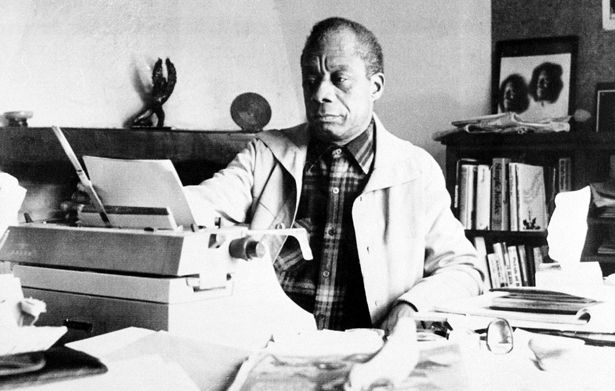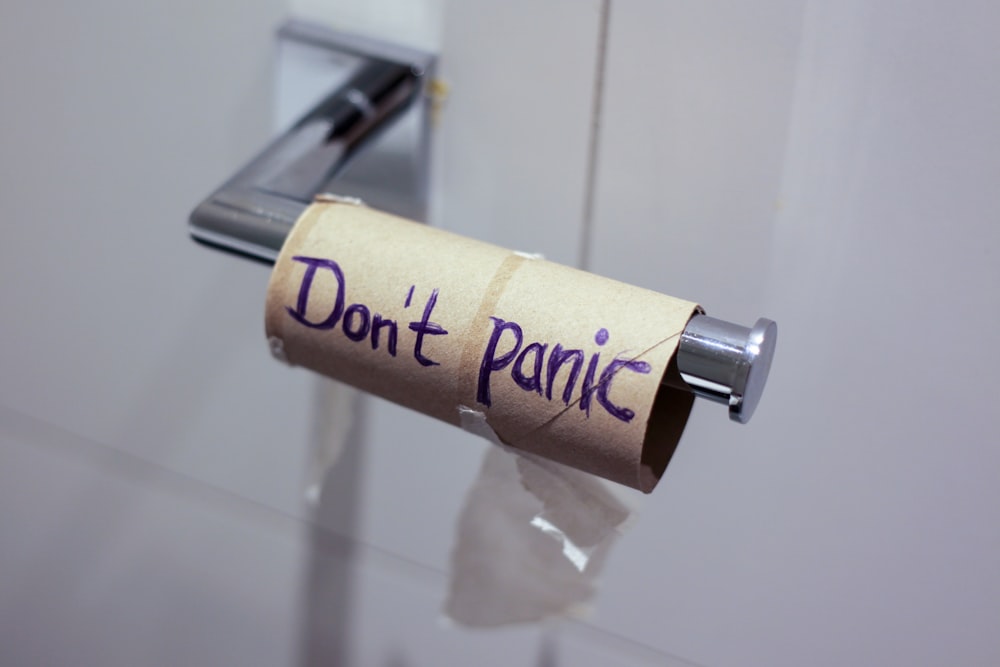ESPN radio has recently shaken up their on-air personalities across the daily schedule, notably replacing the morning slot held for many years by Mike & Mike (and a recent fractured version after Mike Greenberg left) with a clear signal toward diversity— as reported by Andrew Marchand:
And now, look who is moving into the predominantly white sports-radio neighborhood beginning Monday. It’s Keyshawn, Jay Williams & Zubin Mehenti….
How will it be different?
“First of all, we are three minorities,” Keyshawn said. “That is No. 1. There haven’t been three minorities that I know of on a morning national sports show.”
One of the traditional areas where radio and television in the U.S. has had a strict lack of diversity is the use of language; talking heads—even late-night talk show hosts—practice something of a radio voice (lacking distinct regional pronunciations) and so-called “standard English.”
While listening to the new and more diverse morning radio show on ESPN, I heard Keyshawn Johnson say about a river they were discussing that people “be jet-skiing” in it. The trio’s reactions made it clear this waterway was not safe for recreation.
Since it is early in my first-year writing seminars, I am still helping students re-orient their attitudes and assumptions about reading, writing, and language. A foundational re-orientation for my courses is moving away from seeing language use as “correct” or “incorrect” (as well as rejecting terms such as “standard English” and “non-standard dialect”) and cautioning students not to stigmatize language use as some distinct flag for intelligence or moral/ethical character.
Johnson’s use of “be” to capture a continuous “presentism” of an action along with the omission of “to be” verbs (“Keyshawn home all day”) are often markers for what some call “Black English” (I was taught about Black English through the work of Dillard in the 1970s, but “Ebonics” and “AAVE” have also been used to designate this language usage pattern).
Few people are likely to recognize that ESPN’s new line up is more than racial or cultural diversity; Johnson embodies the importance of language use diversity as well—and he also embodies my cautions to students about “correctness” and stigmatizing language.
While there are people who may have flinched and drawn unfair and racist conclusions about Johnson’s verb usage, I suspect that there will be no professional consequences for Johnson’s language usage.
As I noted to my class, everyone listening knew the meaning of Johnson’s usage, and thus, the primary value of language—clear and precise communication—was completely achieved.
Writing from France in 1979, James Baldwin explained: “The argument concerning the use, or the status, or the reality, of black English is rooted in American history and has absolutely nothing to do with the question the argument supposes itself to be posing. The argument has nothing to do with language itself but with the role of language.”
A few paragraphs later, Baldwin elaborated, focusing on French:
What joins all languages, and all men, is the necessity to confront life, in order, not inconceivably, to outwit death: The price for this is the acceptance, and achievement, of one’s temporal identity. So that, for example, thought it is not taught in the schools (and this has the potential of becoming a political issue) the south of France still clings to its ancient and musical Provençal, which resists being described as a “dialect.” And much of the tension in the Basque countries, and in Wales, is due to the Basque and Welsh determination not to allow their languages to be destroyed. This determination also feeds the flames in Ireland for many indignities the Irish have been forced to undergo at English hands is the English contempt for their language.
It goes without saying, then, that language is also a political instrument, means, and proof of power. It is the most vivid and crucial key to identify: It reveals the private identity, and connects one with, or divorces one from, the larger, public, or communal identity. There have been, and are, times, and places, when to speak a certain language could be dangerous, even fatal. Or, one may speak the same language, but in such a way that one’s antecedents are revealed, or (one hopes) hidden.
In her work to move teachers of English away from “correctness” and the “error hunt,” Connie Weaver has highlighted Baldwin’s point about language usage being about power and that some forms of language usage have social, economic, and political consequences (often grounded in inequity such as racism, classism, etc.).
Often the use of “status marking” in language usage is accompanied by an uncritical acceptance of “standard English” and the inherent context that some language usage (“She is home”) is more complete and “better” than other language usage (“She home”) (see Pullum).
And language usage as status marking (some threat of observable consequences) is used to justify teaching students about code switching instead of stigmatizing any form of language usage.
The code switching argument has stood for many years as a progressive way to teach language that avoids “correctness” and appears to avoid stigma (which it doesn’t).
Again, Baldwin’s key point—”People evolve a language in order to describe and thus control their circumstances, or in order not to be submerged by a reality that they cannot articulate”—is simply side-stepped when we teach disenfranchised and marginalized young people to code switch because that approach allows us to avoid discussing the larger issues of power and inequity that govern the status marking.
Johnson’s use of “be” comes in a time of high social unrest over race, but also intersects with another harsh reality about language and teaching language: Language use is always in a state of flux, and the loose conventions that structure different groups of language usage are tenuous at best.
“People evolve a language in order to describe and thus control their circumstances, or in order not to be submerged by a reality that they cannot articulate,” Baldwin acknowledges. Language change, then, is also about power, not necessarily who has power but the dormant or repressed power of marginalized humans (children and teens manufacturing slang to build a linguistic wall between them and adults or racial minorities reshaping and reappropriating language as defiance and to claim power denied).
Although language can be racist, homophobic, misogynistic, etc., language also can shift toward equity. For example, many publications have now embraced “they” as a gender-neutral singular pronoun. Although some people are pulling out their hair in protest, that usage of “they” is centuries old in the English language because it fills a need left vacant in so-called “standard English.”
This door opened to “they” as singular and gender-neutral is in part about diversity, of course, and we can imagine that some racialized usages of language will walk through a similar door.
Language change is often very slow; it seems to happen organically, and then those with power eventually and some times reluctantly acknowledge a thing that has existed for decades or even centuries.
If this were a case for communication and standardization in the name of that communication, we may find the reluctance more compelling.
But Baldwin’s 1979 confrontation of Black English remains true in 2020 when the world and our language usages are all tinted by racism.
Because all teaching is political, and the very best teaching is activism, re-orienting students’ understanding of language does not have to be slow or organic, as demonstrated by The Conference on College Composition and Communication (CCCC):
We DEMAND that:
- teachers stop using academic language and standard English as the accepted communicative norm, which reflects White Mainstream English!
- teachers stop teaching Black students to code-switch! Instead, we must teach Black students about anti-Black linguistic racism and white linguistic supremacy!
- political discussions and praxis center Black Language as teacher-researcher activism for classrooms and communities!
- teachers develop and teach Black Linguistic Consciousness that works to decolonize the mind (and/or) language, unlearn white supremacy, and unravel anti-Black linguistic racism!
- Black dispositions are centered in the research and teaching of Black Language!
In K-16 formal education, language usage still falls on a continuum from correctness/standard English at one end and encouraging code switching at the other; the radical dismantling of language usage as status marking is rare, but some evidence exists that culturally we are ready for it.
This demand by CCCC is not simply about equity and authentic diversity, however, because the 5 demands are more linguistically sound than traditional approaches to framing language usage as “correct” or “wrong.”
Once again, Baldwin remains painfully true as he ends his essay:
The brutal truth is that the bulk of white people in American never had any interest in educating black people, except as this could serve white purposes. It is not the black child’s language that is in question, it is not his language that is despised: It is his experience. A child cannot be taught by anyone who despises him, and a child cannot afford to be fooled. A child cannot be taught by anyone whose demand, essentially, is that the child repudiate his experience, and all that gives him sustenance, and enter a limbo in which he will no longer be black, and in which he knows that he can never become white. Black people have lost too many black children that way.
And, after all, finally, in a country with standards so untrustworthy, a country that makes heroes of so many criminal mediocrities, a country unable to face why so many of the nonwhite are in prison, or on the needle, or standing, futureless, in the streets–it may very well be that both the child, and his elder, have concluded that they have nothing whatever to learn from the people of a country that has managed to learn so little.
Those of us who teach language usage have a moral obligation to refuse the norm of “correctness” and to dismantle the stigmatizing of language usage. Otherwise we are abdicating our own agency in the service of inequity and at the expense of our students.









